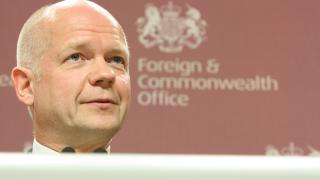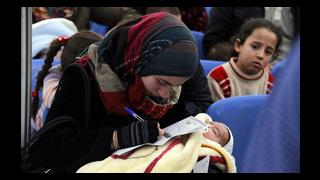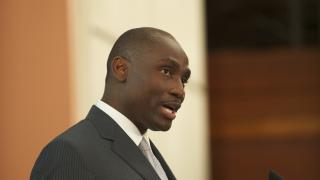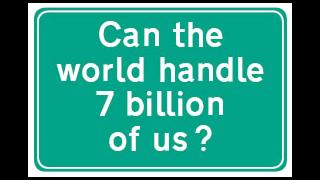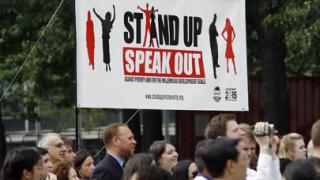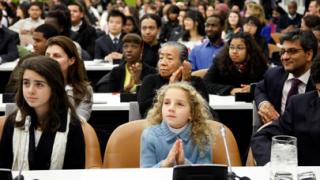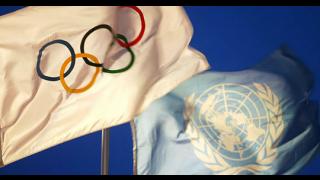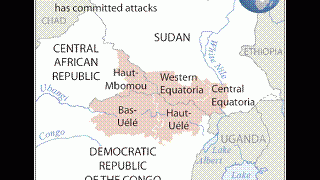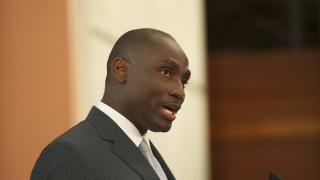
The Responsibility to Protect (R2P) is a signal achievement of the twenty-first century. Though its roots can be traced to earlier times, the principle did not mature nor acquire normative significance until the new millennium, and it is now at the centre of the international debate on protecting human beings from genocide, ethnic cleansing, crimes against humanity and war crimes. Leadership at the national, regional and international levels was instrumental in galvanising world leaders to unanimously adopt R2P at the 2005 UN World Summit. And leadership is again required to meet the three main challenges facing the implementation of R2P: conceptual, institutional, and political.
The R2P doctrine was helped substantially by the leadership of former UN Secretary-General Kofi Annan, who in a speech to UNA-UK in January 2006 called R2P one of his 'most precious' achievements. Annan was a norm entrepreneur who considered the protection of human rights to be one of the UN's most important tasks. In the wake of the tragic failures of the international community in Srebrenica and Rwanda, and during the crisis in Kosovo, Annan challenged UN member states to find consensus on the question of international responsibility in the face of massive human rights violations.
R2P was also spearheaded by some states, notably Canada. The Canadian government's decision to establish the International Commission on Intervention and State Sovereignty (ICISS) in September 2000, co-chaired by Gareth Evans (then-President of the International Crisis Group) and Mohamed Sahnoun (then-Special Adviser to the UN Secretary- General), was an inspired one. A central achievement of the ICISS report, The Responsibility to Protect, was that it re-cast the fundamental issue of the intervention debate from a 'right to intervene' to a 'responsibility to protect'.
Regional organisations too played a catalytic role in advancing R2P. Three years before the 2005 World Summit, African states had already embraced the principle in the AU's 2002 Constitutive Act. However, normalising R2P in Africa remains a complex and challenging project. Its potential is constrained by a lack of resources, capacity and strong institutions. On the whole, European governments have been supportive of R2P, and the European Union (EU) has taken a strong positive stance in General Assembly debates. The European Parliament has endorsed the principle in resolutions, and R2P could appear as a priority in the next European Security Strategy. As ever, one of the main challenges for the EU will be unity of purpose across its 27 member states.
The role of civil society in this enterprise must also not be overlooked. NGOs and think tanks involved in conflict prevention, development or human rights work have promoted R2P by contributing to conceptual debates and through their advocacy work.
Leadership must again flow from all these quarters if R2P is to become operational. This includes conceptual leadership, which involves clarifying the scope of the principle, its objectives, and the means of implementation. Despite basic consensus on the core principles underlying R2P a number of loopholes remain, such as the comprehensiveness of the responsibility to prevent, the lack of a formal legal definition of ethnic cleansing, the absence of codified criteria or triggers
for specific R2P operations, and confusion about the legal ability of regional organisations to initiate early and flexible responses to crises.
Institutional leadership will be required to create institutional and operational capacity to prevent and halt R2P crimes. Efforts to strengthen operational capacity will need to be complemented with new mechanisms to facilitate coordination and information sharing. Within the UN, Secretary-General Ban Ki-moon, together with Special Advisers Edward Luck and Francis Deng, will need to assess the existing capacity to implement R2P strategies, suggest solutions to fill the gaps, and enhance partnerships.
However, advancing the R2P agenda ultimately depends on political leadership. It requires political leadership to strengthen the operational capacity within national and international institutions, and meet the remaining conceptual challenges. Without the willingness of political leaders to prioritise civilian protection and allocate resources accordingly, the promise of R2P will not be realised.
Dr. Abiodun Williams is Vice President of the Center for Conflict Management, United States Institute of Peace. He served as Director of Strategic Planning for UN Secretaries-General Kofi Annan and Ban Ki-moon from 2001-2007.

